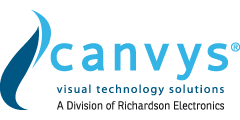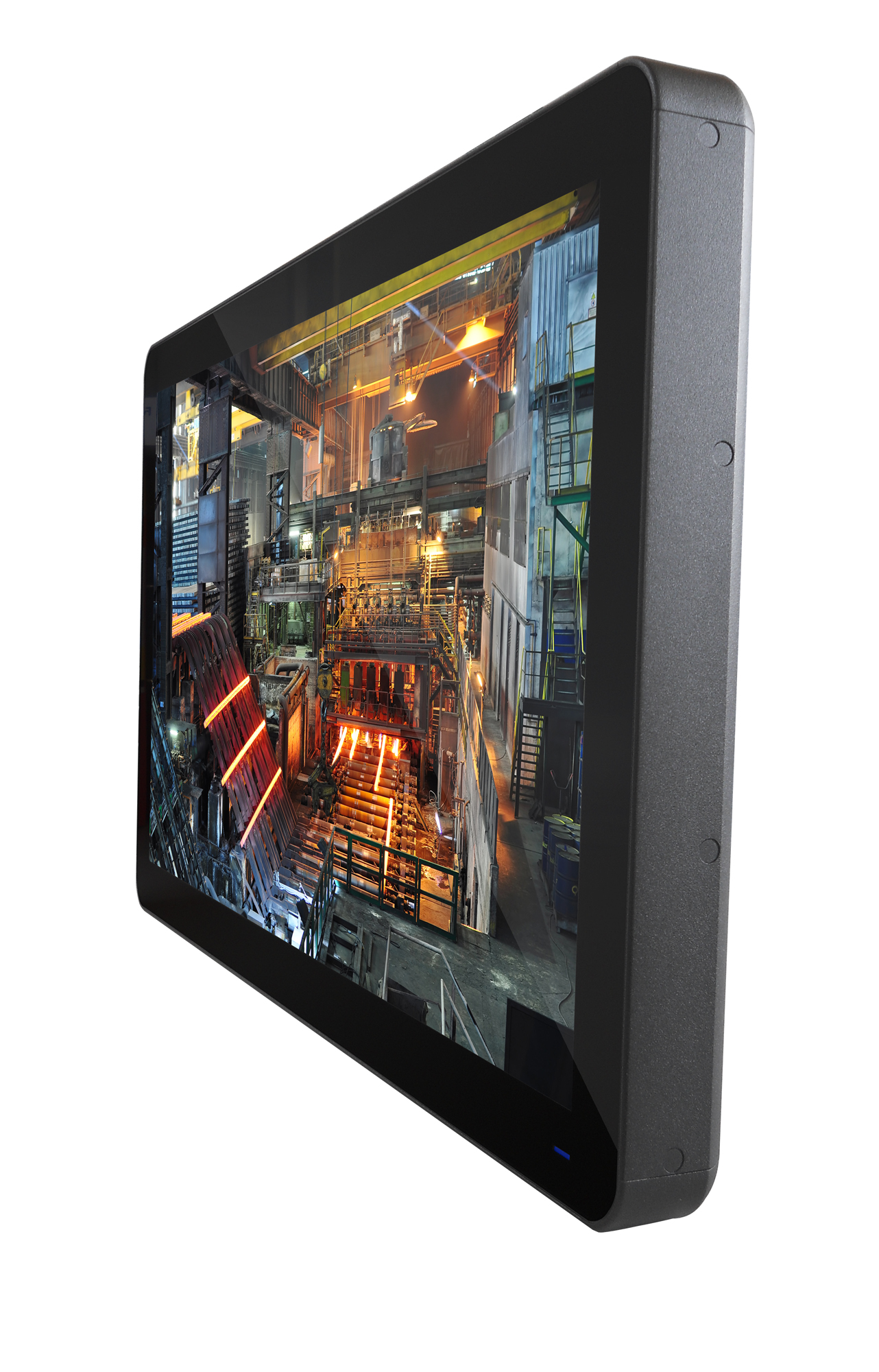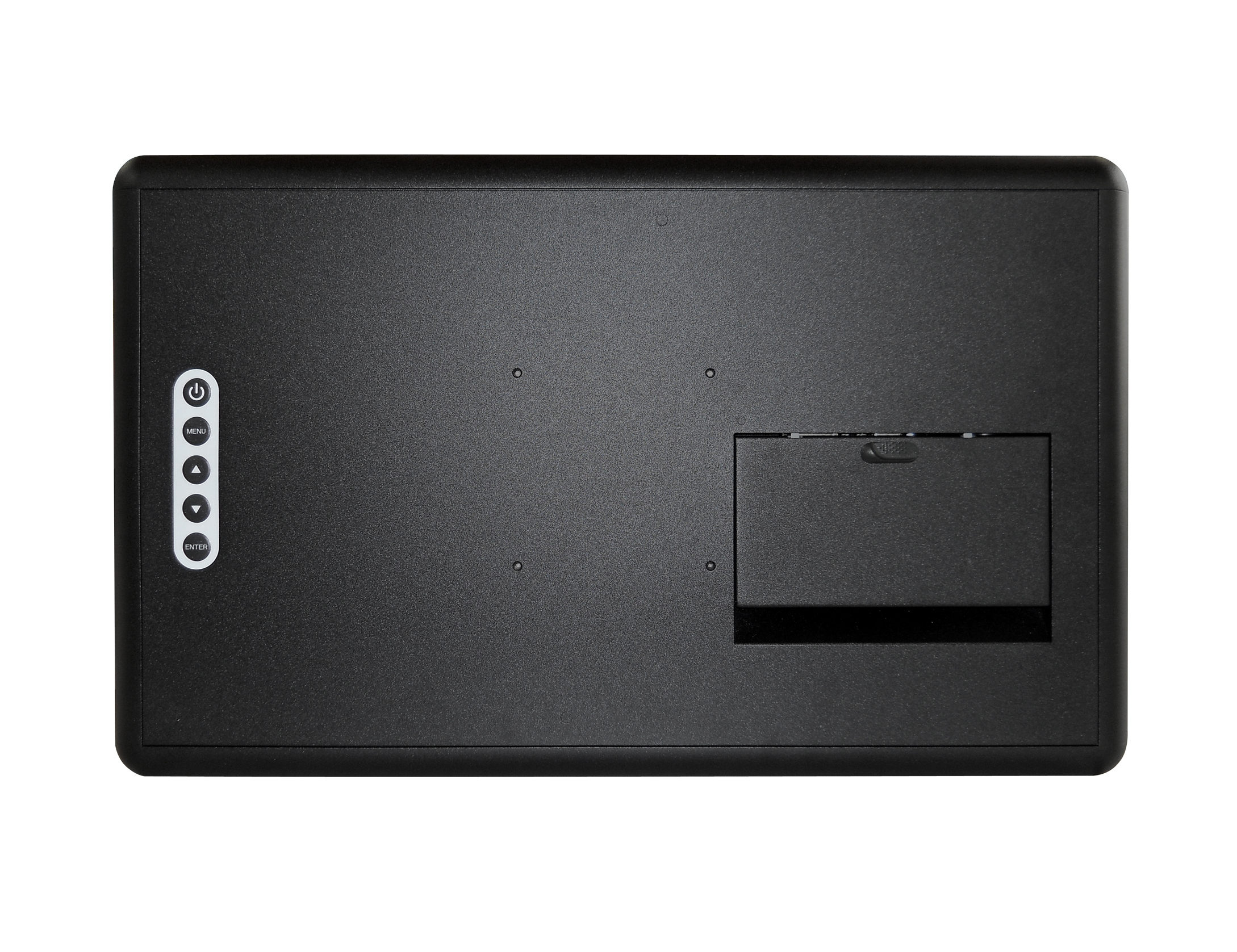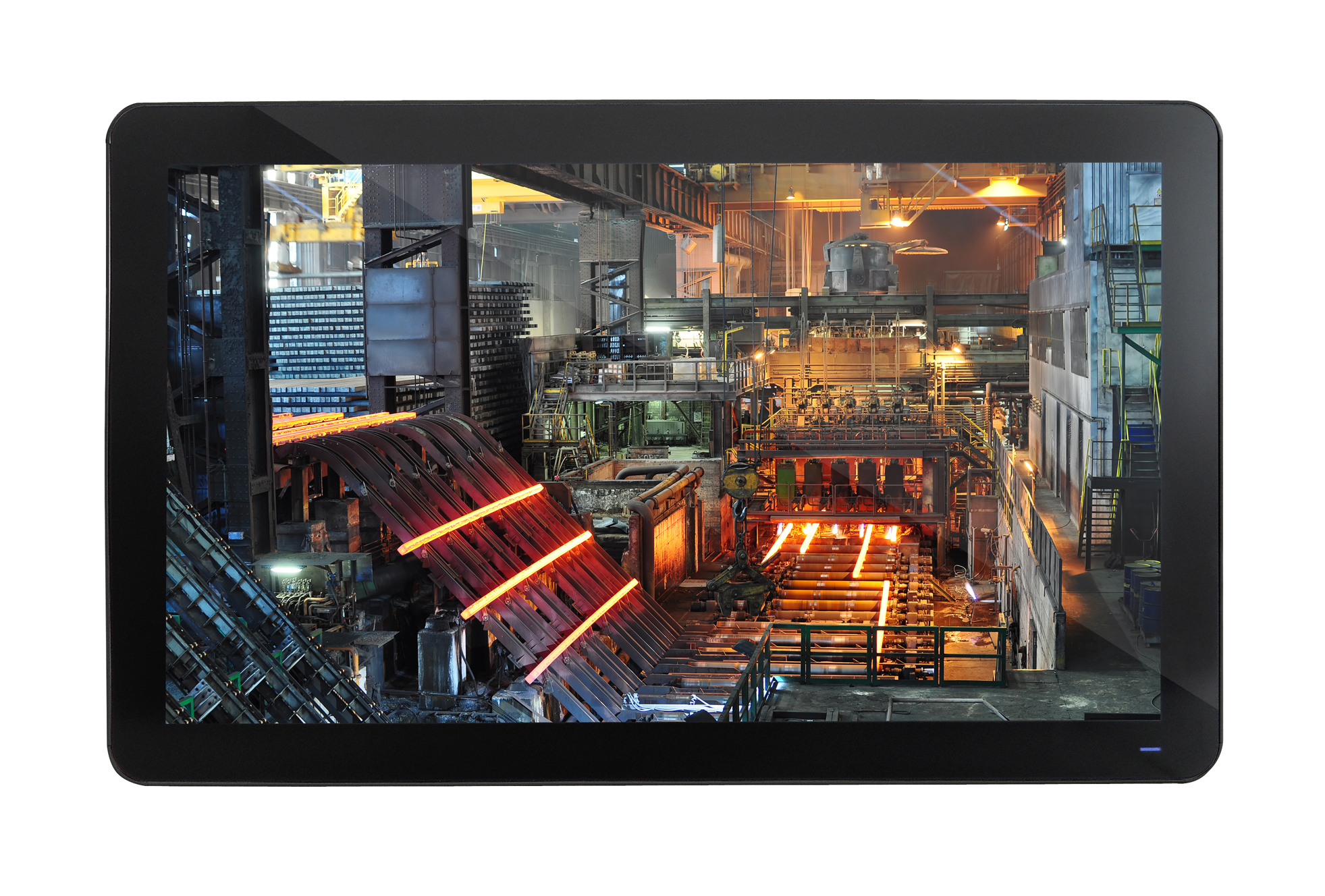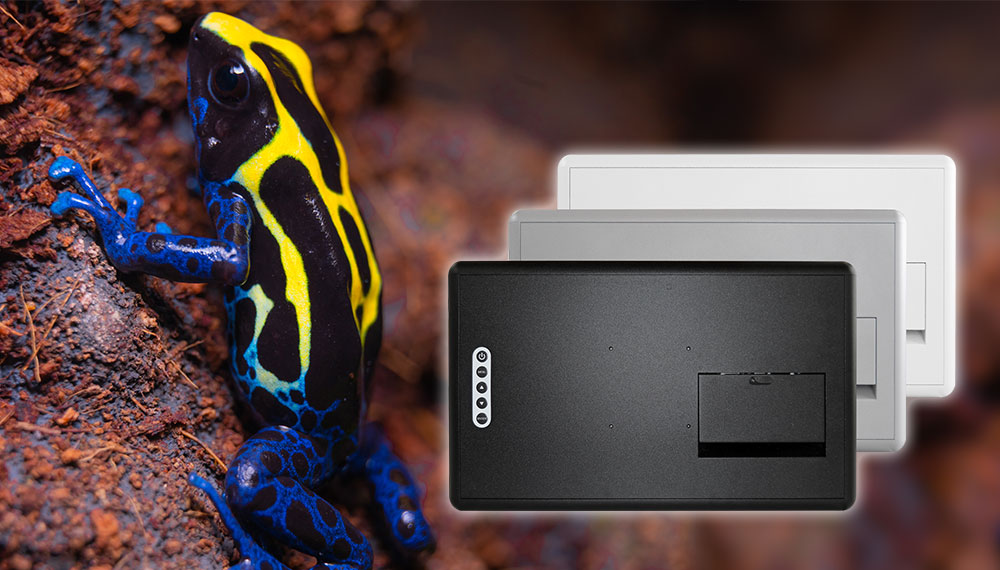
Industrieller All-In-One (Panel-PC) basierend auf Intel Atom® E3845 1,91 GHz Quad-Core mit Speicher- und SSD-Erweiterungsoption. Verfügbar im 16:9 Format.
- Full HD-Panel mit hohem Kontrastverhältnis
- 4 GB DDR3-1600 x 1
- Intel Atom® E3845 1,91 GHz (Quad-Core)
- 128 GB SSD
- Intel® HD-Graphics 520
- Entspiegeltes Glas
Bitte beachten Sie, dass Canvys kundenspezifische Lösungen anbietet. Wir sind ein OEM (Original Equipment Manufacturer) bzw. ein ODM (Original Design Manufacturer). Somit sind unsere hier vorgestellten Produkte sogenannte Plattformen, welche in erster Linie eine Grundlage für kundenspezifische Monitorlösungen bilden. Daher werden an dieser Stelle nur die technischen Basis-Spezifikationen der Produkte angegeben. Je nach Ihren Anforderungen und den benötigten Stückzahlen können wir weitere Anpassungen und Modifikationen anbieten.
Sprechen Sie mit uns. Wir beraten Sie gerne.
Verfügbare Bildschirmdiagonalen
Plattform-Spezifikationen
True Flat Full HD-Display
Intel Atom® E3845 1.91 GHz
178° Blickwinkel
AR-Beschichtung auf Schutzglas
Langfristig lieferbar mit Aluminiumgehäuse und Front: IP 54 / Gesamteinheit: IP X1
| Bildschirmdiagonale | 21.5″ / 54,6 cm |
| Seitenverhältnis | 16:9 |
| Zu empfehlende Auflösung | 1920 (RGB) × 1080 (Full HD) |
| Displayfarben | 16.7M 8-bit 96% sRGB |
| Panelhelligkeit | 250 cd/m² typ. |
| Kontrastverhältnis | 3000:1 typ. |
| Blickwinkel (H x V) | 178° / 178° typ. |
| Gehäuse | Aluminium |
| Zertifizierungen und Normen | Sicherheit: EN 62368-1
EMV: EN 50155 inkl. 61373:2010, EN 50121-3-2:2017 REACH, RoHS, WEEE |
Übersicht der Schnittstellen
- 1x VGA
- 1x HDMI
- 1x LINE IN/OUT
- 1x USB 2.0
- 1x USB 3.0
- 2x LAN
Als OEM/ODM entwickeln wir Ihre höchst individuelle Monitorlösung, angefangen beim kleinsten Baustein bis hin zum komplexen Anzeigesystem
Mit hoher Wahrscheinlichkeit ist es möglich, die hier vorgestellte Monitor-Plattform feiner an Ihre individuellen Bedürfnisse bzw. an die jeweilige Anwendungsumgebung anzupassen. Doch es gibt vielfältige Möglichkeiten der Display-Individualisierung (Customizing), die von einer Reihe von Faktoren abhängen. Wir können an dieser Stelle nicht alles Machbare listen.
Deshalb bitten wir Sie, Kontakt mit uns aufzunehmen. Unsere Vertriebsingenieure können Ihnen in einem unverbindlichen Beratungsgespräch aufzeigen, welche Plattform-Modifikationen in Abhängigkeit von Ihren exakten Anforderungen realisierbar sind.
Hier nun auszugsweise ein Überblick über unsere Leistungen bzw. Kompetenzen hinsichtlich Customizing.
Auszug aus unseren Leistungen hinsichtlich weiterer Customizing-Möglichkeiten
Touchscreen-Integration
Canvys Spezialist für die Integration und Anpassung von Touchtechnologien
Folgende Lösungen sind möglich:
Sie suchen nach Ersatz für 3M Touchscreens?
Kundenspezifische Gehäuse-Entwicklung
Canvys bietet eine Vielzahl von maßgeschneiderten Gehäusen für industrielle und medizinische Anwendungen.
- Wir verwenden nur die hochwertigsten Materialien
- Wir verwenden Spritzguss, Tiefdruck, SLA-Prototyping, Strangguss und Druckguss
- Wir bieten verschiedene Gehäusedesigns an: Open Frame, Panel-/Chassis-/Rack-Montage, kundenspezifische Blende, Back-Cover, Kabelmanagement, robuste Gehäuse, schlanke und leichte Designs
- kundenspezifische Anforderungen wie z.B. ein Bootlogo, ein hinterdrucktes Kundenlogo auf dem Schutzglas oder Touchscreen oder spezifische Anforderungen an das jeweilige Gehäusematerial können ebenfalls umgesetzt werden
- Wir sorgen für eine dauerhafte und langfristige Verfügbarkeit der Displays
Canvys realisiert stückzahlenabhängig Gehäuse nach Wunsch: Open Frame, Panel, Chassis, Rack, kundenspezifisches Bezel, Rückcover, Kabelmanagement, Industrietauglichkeit, schlanke / leichte Bauweise, ...
Kundenspezifische Anforderungen wie z.B. ein Bootlogo, hinterdrucktes Kundenlogo auf dem Schutzglas bzw. Touchscreen oder spezifische Anforderungen an das jeweilige Gehäusematerial können ebenfalls umgesetzt werden.
Durch die Verwendung von langfristig verfügbaren Industriekomponenten garantiert Canvys eine langfristige Verfügbarkeit in gleichbleibender Form, Fit und Funktion.
Kontaktieren Sie uns, wir beraten Sie gerne hinsichtlich der Wahl des richtigen Gehäusekonzepts...
Kundenspezifische Gehäuseoptionen (Auszug)
| Material | Prozess / Technologie | Gehäusedesign | Gehäusefarbe | Markenbildung | Schutzklasse |
| Metall | Spritzguss | Open Frame kundenspezifisch | acerwhite | Kundenfarbe | IP-Schutz bis zu IP69K |
| Aluminium | Deep Drawing | Panel / Chassis / Rack Mount kundenspezifisch | schwarz | Kundenlogo | |
| Edelstahl | SLA** Prototyping | Bezel kundenspezifisch | grau | ||
| Plastik, UV resistentes Material wie ASA*, Starex | Stranggus | True Flat Desktop kundenspezifisch | kundenspezifisch | ||
| Druckguss | Design der Rückteilabdeckung, Kabelmanagement, robustes Industriegehäuse, Schlank- und Leichtbauweise |
* Acrylonitrile Styrene Acrylate
** Stereolithography
Weitere Integrationsleistungen
Canvys ist Experte für Befestigungslösungen
- Verschiedene Designs, Materialien, Farben möglich
- Ausstattung mit Wunschlogo des Kunden
- Kabelmanagement
- Höhenverstellbare Lösungen
- Dreh- und Neigungsfunktion
- VESA-konforme Befestigungsmöglichkeiten
- Viele weitere Befestigungs- und Tragarmlösungen
Ein Produkt wird erst dann ein "Gutes Produkt", wenn es auch in der angedachten Anwendungsumgebung mit Erfolg eingesetzt wird.
Wenn ein komplexes Kunden-Projekt von Anfang bis Ende alle Phasen durchlaufen hat und die kundenspezifische Monitorlösung hergestellt ist, kommt dessen wahre Bestimmung: Die Anwendung!
Erst hier im wirklichen Einsatz unter realen Umgebungsbedingungen müssen sich Design, Konzeption, Komponenten und somit das Gesamtsystem bewähren. Nur wenn das gelingt, spricht unser Kunde letztendlich von Erfolg!
Unsere kundenspezifischen Displaylösungen sind schon seit Jahrzehnten erfolgreich in den unterschiedlichsten Anwendungen und Märkten.
Diese Canvys-Plattform begründet beispielsweise die Basis für folgende Anwendungslösungen

Öffentlicher Transport und Verkehr
Öffentlicher Transport und Verkehr
Die Ingenieure von Canvys entwickeln kundenspezifische Display-Lösungen, die den rauen Umgebungsbedingungen in der öffentlichen Personenverkehr gerecht werden.
Fahrgastinformationsanzeige (PID)/ CCTV-Monitoranzeige-Lösung für Busse
Unser Team hat einen leichten Monitor in Aluminiumgehäuse für Fahrgastinformationsanzeigen entwickelt. Diese Display-Lösung von Canvys ist seit 2009 in Bussen im Einsatz. Dadurch, dass die Lösung für einen langjährigen Einsatz konzipiert wurde, kann der Kunde sich wiederholend kostspielige Neuzertifizierungen in dieser stark regulierten Branche vermeiden. Die eingesetzten Monitore zeigen Fahrgastinformationen aus Sicherheitskameras an, welche sich in stark frequentierten öffentlichen Umgebungen befinden. Die Displays verfügen über ein vandalismussicheres, elegantes sowie robustes Metallgehäuse mit abgerundeten Kanten, welche zum Schutz der Passagiere erforderlich sind. Unser einzigartiges Design stellt sicher, dass der geforderte Kantenradius den entsprechenden Vorschriften entspricht. Da in diesen stark frequentierten Umgebungen Vandalismus ein häufiges Problem darstellt, hat Canvys als ein wichtiges Entwicklungskonzept die Möglichkeit geschaffen, das Schutzglas auf einfache Weise auszutauschen. Im Falle einer Beschädigung kann ein Servicetechniker, das lediglich mit zwei Schrauben befestigte Schutzglas, in kürzester Zeit ersetzen.
Die Fahrgastinformationsanzeigen können mit unterschiedlichen Spannungen und Spannungsspitzen umgehen, die in diesem Einsatzbereich üblicher Weise vorkommen. Eine kundenspezifische Firmware ermöglicht ein sofortiges Umschalten zwischen Signalen von verschiedenen Kameraeinspeisungen, ohne dass der Bildschirm für das Auge sichtbar ausgeblendet wird.
EN45455-zugelassener Monitor für Eisenbahn-Personenwaggons
Die für Reisezugwagen verwendete Monitor-Lösung musste strenge Brandschutzvorschriften und -anforderungen erfüllen, was die Verwendung entsprechender Materialien voraussetzte. Die entwickelte Lösung musste eine ausreichende Steifigkeit/Stabilität besitzen, um den extremen Stößen und Vibrationen ohne Beschädigung einzelner Komponenten widerstehen zu können.
Der eingesetzte Monitor muss sowohl Reiseinformationen als auch Werbung anzeigen. Dies stellt hohe Anforderungen an die Bilddarstellung in zweierlei Hinsicht: Zum einen muss durch das helle Umgebungslicht auf eine gute Lesbarkeit geachtet werden. Zum anderen muss eine präzise Farbdarstellung, welche durch die Werbeagentur des Kunden gefordert wird, gewährleistet sein. Durch den Einsatz einer kontrastverstärkenden Technologie erfüllte die Bildqualität diese beiden Parameter.
Zusätzlich fertigten unsere Ingenieure das leichte und dennoch stabile Umgehäuse aus Aluminium, versehen mit einem Schutzglas gegen Vandalismus und passend zur Innenausstattung des Abteils.
Fahrer-Sicherheitsmonitor
Der Zweck dieser Monitore besteht darin, dem Zugführer ununterbrochen Bilder vom Öffnen und Schließen der Zugtüren zu liefern, um jederzeit die Sicherheit der Fahrgäste auf dem Bahnsteig zu gewährleisten.
Eine Herausforderung für diese Lösung bestand darin, ein leichtes, gefrästes Aluminiumgehäuse herzustellen, das in eine schon vorhandene kleine Öffnung passt. Ferner haben wir das Gehäuse entsprechend versiegelt, um die Schutzklasse IP68 zu erfüllen.
Eine weitere Hürde stellte der weite Einsatztemperaturbreich von -20 °C bis +70 °C dar. Damit bei diesen extremen Temperaturbereichen eine störungsfreie Funktion gewährleistet ist, verwendet Canvys spezielle Komponenten mit sehr geringem Leistungsverbrauch, damit die Umgebungstemperatur der Anzeigeeinheit nicht beeinflusst wird.
Ferner musste das Panel bei heller Kabinenbeleuchtung (Sonnenlicht) ein gut sichtbares Bild darstellen. Bei ungenügendem Licht bzw. bei Nachtnutzung musste der Monitor bis auf 0,5 cd/m² gedimmt werden können. Die fertige Lösung verwendet einen Umgebungslichtsensor zur Steuerung der Dimmung. Die langlebigen Komponenten erfüllen strenge Schock- und Vibrationsanforderungen sowie strenge Brandschutzvorschriften.
Der kundenspezifische Monitor erforderte eine kleine kundenspezifische FPGA-Platine, die es ermöglichte, sich in weniger als 30 Millisekunden einzuschalten (Einfahrt in den Bahnhof) und auszuschalten (Abfahrt aus dem Bahnhof). Da es sich bei dieser Lösung um einen Sicherheitsmonitor handelt, bestand eine weitere Anforderung darin, Echtzeitbilder ohne Latenzzeit anzuzeigen. Die A/D-Karte und die Bildverarbeitung verfügen über keinen Bildspeicher; Neuskalierung und Bildverarbeitung erfolgen in Echtzeit.
Für ein Monitorsystem, das Rückspiegel in Straßenbahnen ersetzen sollte, entwickelte Canvys eine weitere kundenspezifische Anzeigelösung, das ähnlichen Anforderungen gerecht werden musste. Der Bildschirm musste hier ein Spiegelbild der realen Szene anzeigen. Aufgrund von bestehenden Sicherheitsvorschriften musste die Spiegelung des Bildes in Echtzeit, ohne Verzögerung im Bildspeicher der A/D-Karte erfolgen.
Canvys war in der Lage, alle einzigartigen Designanforderungen und Sicherheitsvorschriften zu erfüllen, die im Öffentlichen Transport und Verkehr bestehen. Canvys hat sich verpflichtet, Display-Lösungen für diesen Markt zu liefern, welche die gestellten Anforderungen umfassend erfüllen. Somit helfen unsere Lösungen diesen Unternehmen, ihre Geschäftsziele zu erreichen, indem sie ihre Produktivität steigern, Sicherheitsanforderungen einhalten und dabei die volle Kostenkontrolle haben.
Empfohlene Produkte/Plattformen für diese Anwendung
S SERIE INDUSTRIE-MONITORE
21.5"
OEM/ODM-Plattform mit einem modernen Flachbildschirm und einem robusten Aluminiumgehäuse
- Full HD-Panel mit hohem Kontrastverhältnis
- Modernes True Flat Display für einfache Reinigung und Desinfektion
- Weiter Betrachtungswinkel
- PCAP Multi-Touch-Sensor mit 10-Punkt-Technologie, bedienbar mit Fingern oder Latexhandschuhen
- RFID-Lesegerät hinter dem Frontglas
- All-In-One-Version im gleichen Gehäuse
S SERIE INDUSTRIE-ALL-IN-ONE
21.5"
OEM/ODM-Plattform basierend auf Intel Atom E3845 1,91 GHz Quad-Core mit Speicher und SSD-Erweiterungsoption
- Full HD-Panel mit hohem Kontrastverhältnis
- 4 GB DDR3-1600 x 1
- Intel Atom® E3845 1,91 GHz (Quad-Core)
- 128 GB SSD
- Intel® HD-Graphics 520
- Entspiegeltes Glas
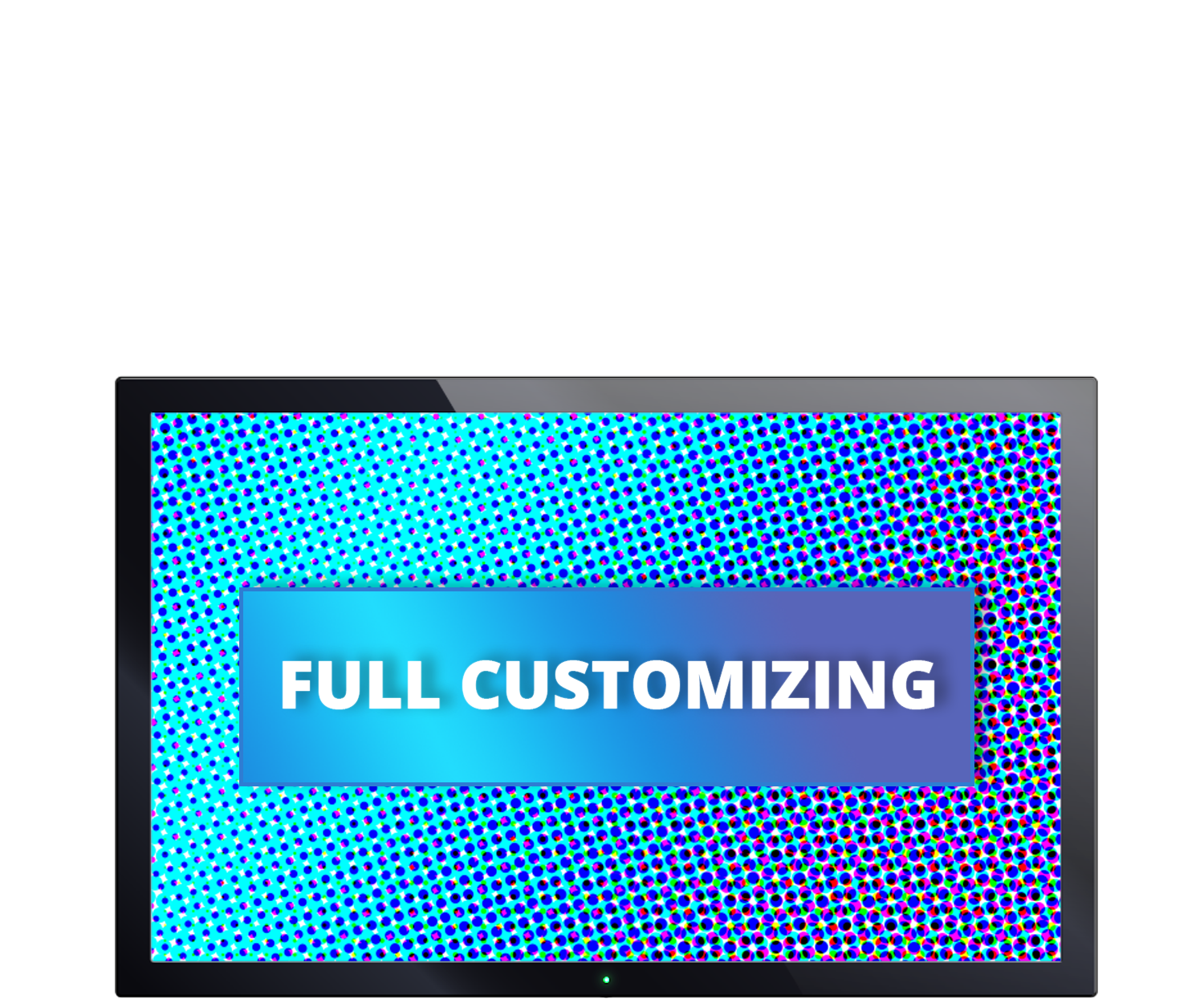
FULL-CUSTOMIZED-LÖSUNGEN
Canvys ist ein OEM/ODM-Hersteller. Um Ihnen kundenspezifische Display-Lösungen zu einem wettbewerbsfähigen Preis anbieten zu können, haben wir verschiedenen Plattformen entwickelt.
Diese dienen als Basis für vielfältige individuelle Lösungen, welche wir für Sie realisieren können.
Doch für gewisse Kunden/Anwendungsszenarien kommen diese Plattformen nicht in Frage. Sie benötigen einzigartige Anzeigesysteme, welche Canvys als Full-Customizing-Lösung entwickelt und produziert.
Wir beraten Sie gerne, welche Lösung für Ihre Anwendung am geeignetsten ist.
Zur Zeit stehen keine weiteren Informationen zu diesem Produkt zur Verfügung.
